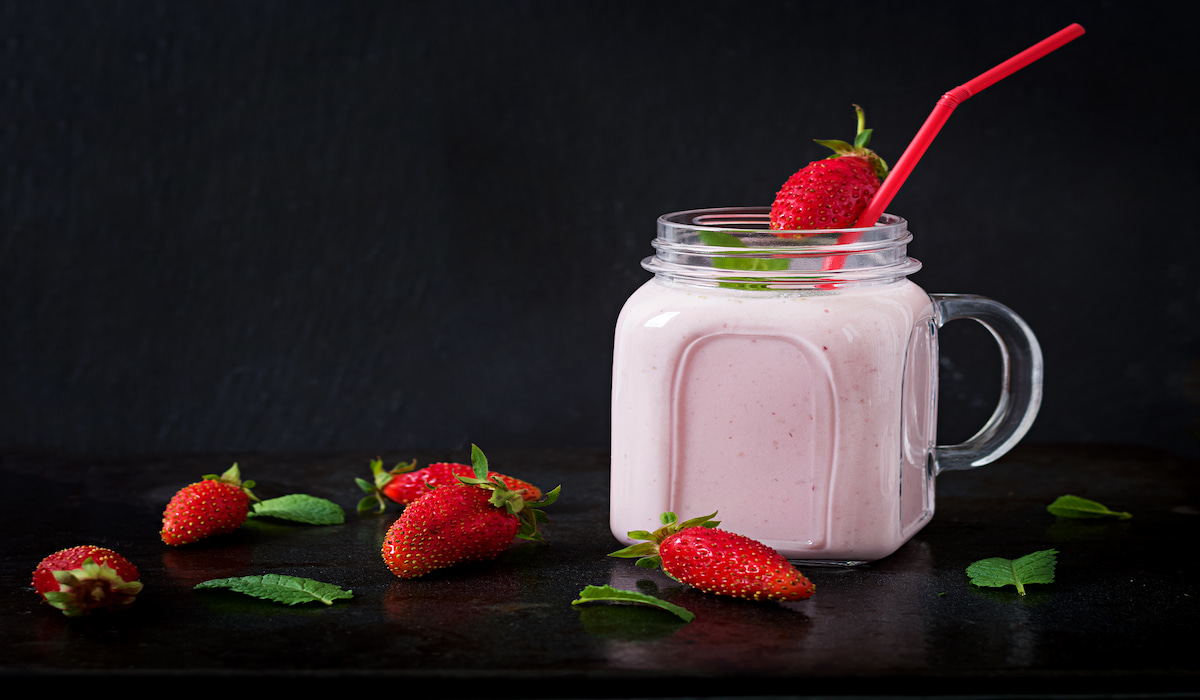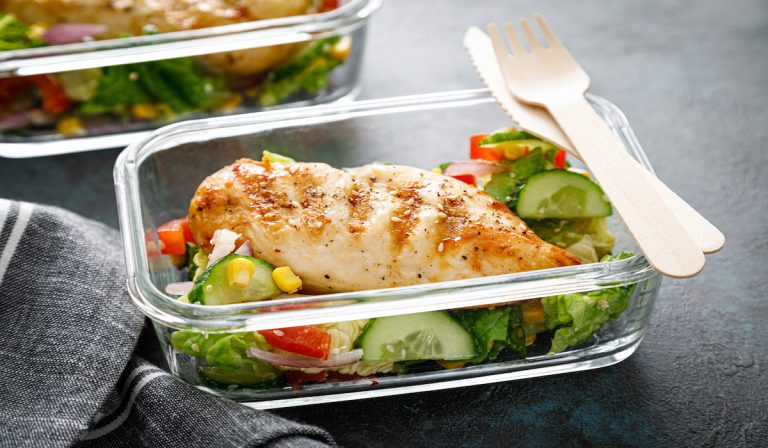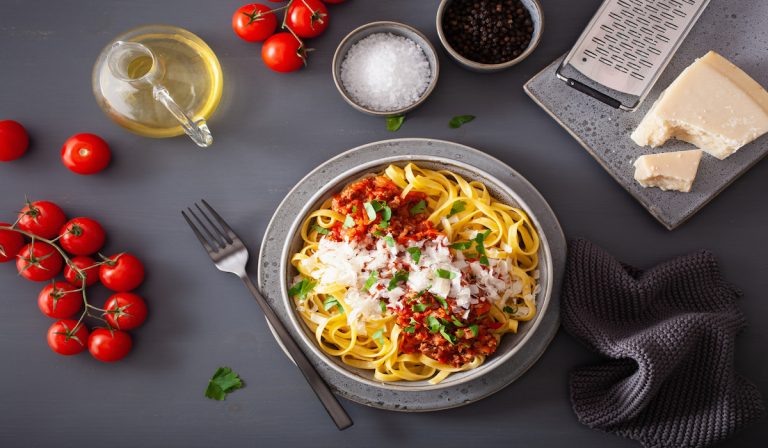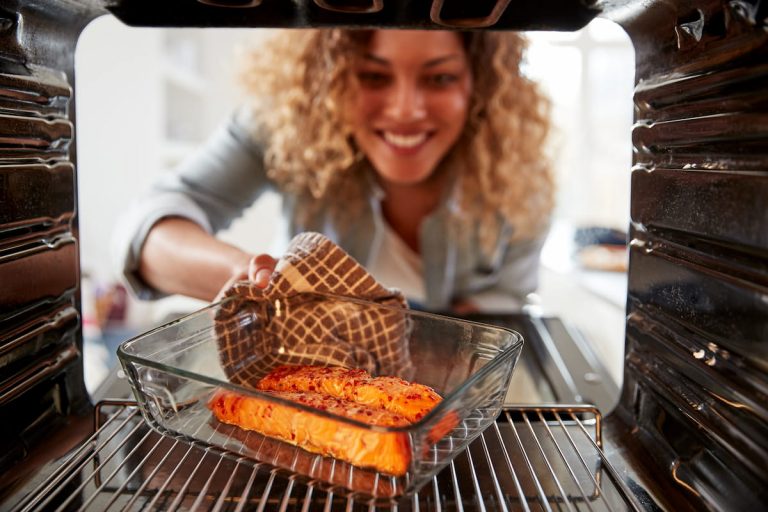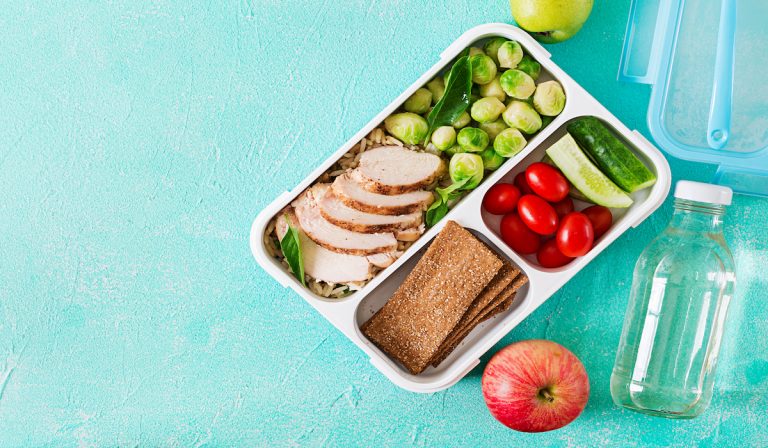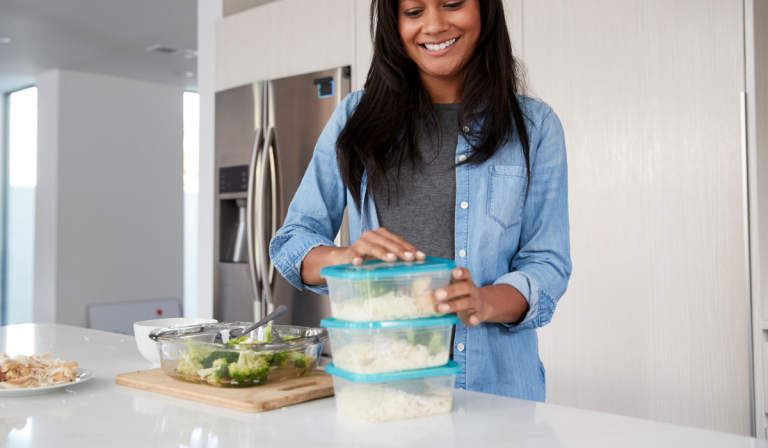Can You Freeze Smoothies With Milk? (Interesting Things to Know!)
One of the best mobile breakfast foods you will ever have is a well-made smoothie. They are exceptionally quick to make, typically very nutritious, and unbelievably delicious.
The problem lies in when we are blending these vitamin-filled concoctions. Often it can be hard to figure out just how much we are actually making, and we end up with a comfortable amount of leftovers.
Can you freeze smoothies that are made with milk?
Thankfully, regardless of whether you use water or whole milk as a base, all can be frozen and still come out tasting just as delicious as when you first blended it.
The leftovers can also be repurposed into several different smoothie alternatives like flavored ice cubes, popsicles, or other mouthwatering replacements for your morning cup of grated fruit.
We will show you how to freeze milk-based smoothies, use the leftovers you may have, and different tips to make your smoothies come out perfect!
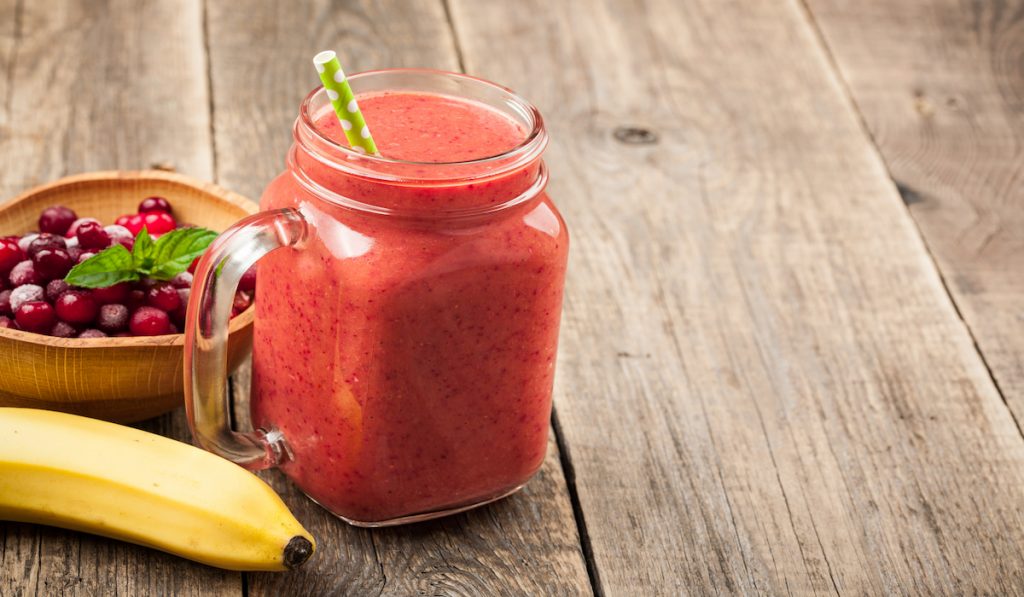
Freezing Smoothies Made With Milk
Depending on the type of person you are, mornings are either your best friend or an inconvenient reality you have to contend with every day.
Regardless, you can optimize the time you spend in the morning, not only making smoothies but preparing them in advance for the days you choose to have them.
To give you a better idea of how to “smoothie prep,” we will not only go over how to freeze a milk-based smoothie but also how to thaw it out and distribute it into portioned measurements for daily consumption.
What to Store a Smoothie In
Plastic or Glass
So you’ve finished blending up your smoothie and want to put the leftovers away. Or you’ve decided to prepare for the week by blending your smoothies a few days out; either is perfectly fine.
The big concern is that you don’t place the smoothie in non-freezer-safe containers or fill your jar, glass, or bag up to the top, as the mixture inside will expand as it begins to freeze.
Using improper containers or overfilling them could not only break whatever you put the mixture in but can leave a sticky mess in your freezer.
You can pour your smoothie into a plastic container, glass jars, or even freezer bags, trying to remove as much excess oxygen from the top as possible.
This does not mean you should fill the container to the brim, as you want to leave some room for the internal contents to expand inside without damaging or breaking your vintage mason jars.
The only danger with leaving that extra open area is that it can cause the smoothie to discolor over time as it interacts with the air.
This can potentially turn your once vibrant smoothie into different hues of brown.
To help alleviate this, try adding a few squeezes of lemon juice to your smoothie to keep its color longer once frozen.
Popsicle Molds
You can also go for a unique approach and pour the contents of your blender into popsicle molds so you can bypass the time needed for your frozen smoothie to melt.
This can also benefit you after dinner when you have a sweet tooth: you can enjoy a healthy dessert made from scratch!
Ice Cube Trays
Another approach I’ve enjoyed reading about is making flavorful smoothie cubes that you can blend with a bit of liquid in the morning.
So say you buy four 12-cube ice trays and fill them with a smoothie that is highly concentrated fruit, veggies, and whatever else you want.
Simply combine that with a bit of milk, water, or orange juice to get a simple yet surprisingly tasty smoothie in the morning.
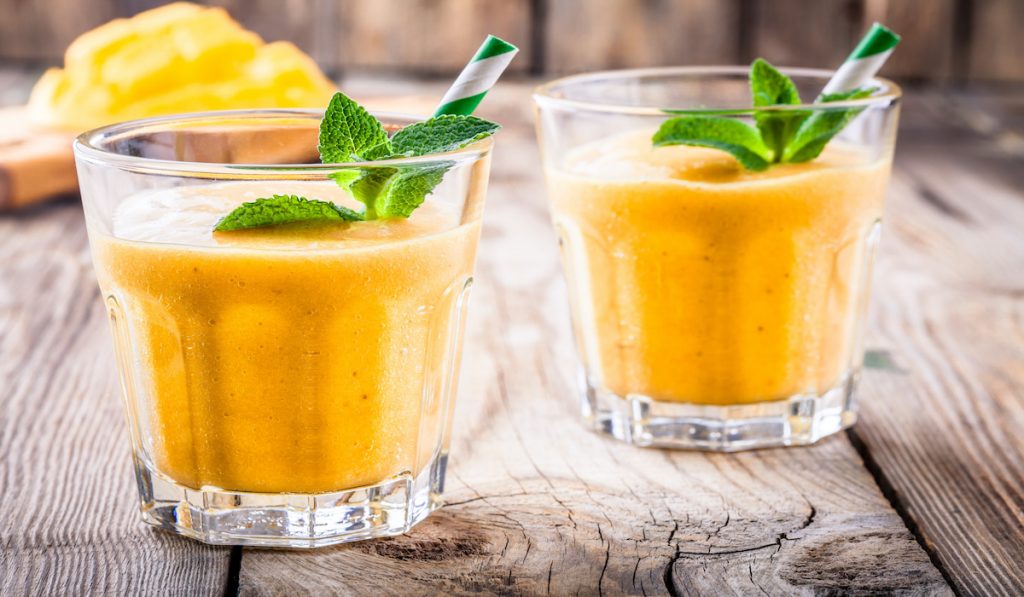
Giving Your Frozen Smoothie Time to Thaw
It’s very important, for the sake of your tongue, that your smoothie retain that fluffy, fresh texture it had when you first made it. So give it the proper amount of time to defrost a bit.
The best thing I can recommend is to put the jar, container, or bag in the fridge overnight if you plan to let it defrost so that when you wake up, it will have had sufficient time to liquefy a bit.
Just make sure that you only set out what you will drink that day. The longer a frozen smoothie stays in higher temperatures, the more likely it will spoil.
Alternative Kinds of Milk
If you are opposed to lactose, either genetically or ideologically, then you can substitute other alternatives, like soy milk, almond milk, or even oat milk.
The difficulty with these healthier substitutes is that they don’t offer the same fluffy, thick consistency as cow’s milk. You can combat this by adding fruits that counterbalance this, specifically bananas.
When it comes to a good, thick smoothie, nothing will work better than a banana or two to fill out the liquid.
If you wanna know which type of lactose-free milk will work the best, then I strongly recommend using almond milk.
Almond milk will give you the thickest blend overall and ensure sure that it thaws with that smooth, non-watery texture we have come to crave from our smoothies.
Soy milk and oat milk can work, though you might have to deal with a smoothie that has a bit more sediment and textural inconsistency than you may care for.
Some Recipes Will Work Better Than Others
One of the most heartbreaking realities when making smoothies is that certain recipes simply will not thaw well.
As much as I love throwing in kale, spinach, pineapple, mangos, and a bit of orange juice together (this tastes fantastic, by the way), it will not keep as well as a more basic, straightforward recipe like milk, bananas and a handful of strawberries.
This is due to the vegetables not blending as thoroughly as bananas, strawberries, and milk.
Thankfully, with a banana or even a bit of milk (if you can drink it), you can keep the smoothie from thawing into a watery mixture.
Don’t Freeze Smoothies Multiple Times
You shouldn’t face any real issues with taste or consistency the first time you freeze up a smoothie.
The problem begins when you keep liquefying the smoothie only to place it back in the freezer.
This will cause the smoothie not only to lose its taste and color, but the fruit juice will begin to spoil at an accelerated rate as you expose it to temperatures that allow bacteria to live in it.
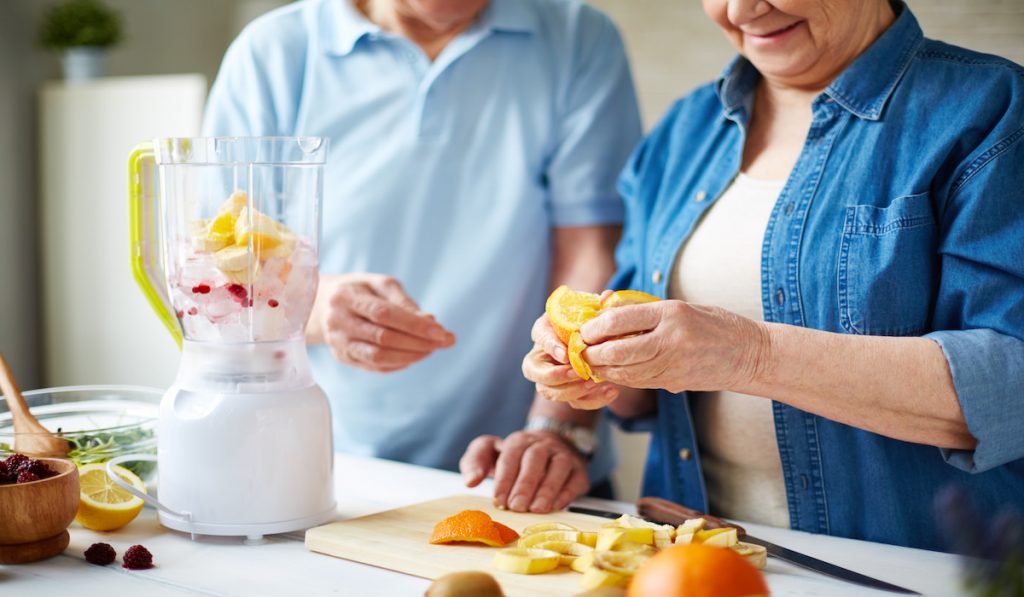
Smoothie Tips and Tricks
For as much as there is to know when it comes to making a quality smoothie, there is not always a ton of information for someone just starting out when it comes to making a decent cup of liquefied fruit.
Thankfully for both of us, I have compiled a few helpful tools and tips that can help us make sure we don’t have to take an icepick to the inside of our blender again.
Blender Quality Matters
I’m never the type to get people to spend their hard-earned cash on superfluous household accessories, but what’s under the hood of a blender makes a genuine difference.
Suppose you want to increase the longevity of this overlooked household appliance while also improving the quality of your daily smoothies. In that case, it may be worthwhile to look into some of the higher-end models on the market.
While I certainly understand the apprehension someone may have when it comes to throwing down triple-digit dollars for a blender, these prices aren’t without reason.
The motor inside of the higher-end products creates a much smoother, more satisfying end result.
High-end blenders are designed so you don’t have to compulsively shake around your blender cup or continuously throw in more liquid to water to get it to mix (which will affect the overall taste). They can also last a lot longer than a twenty-dollar alternative.
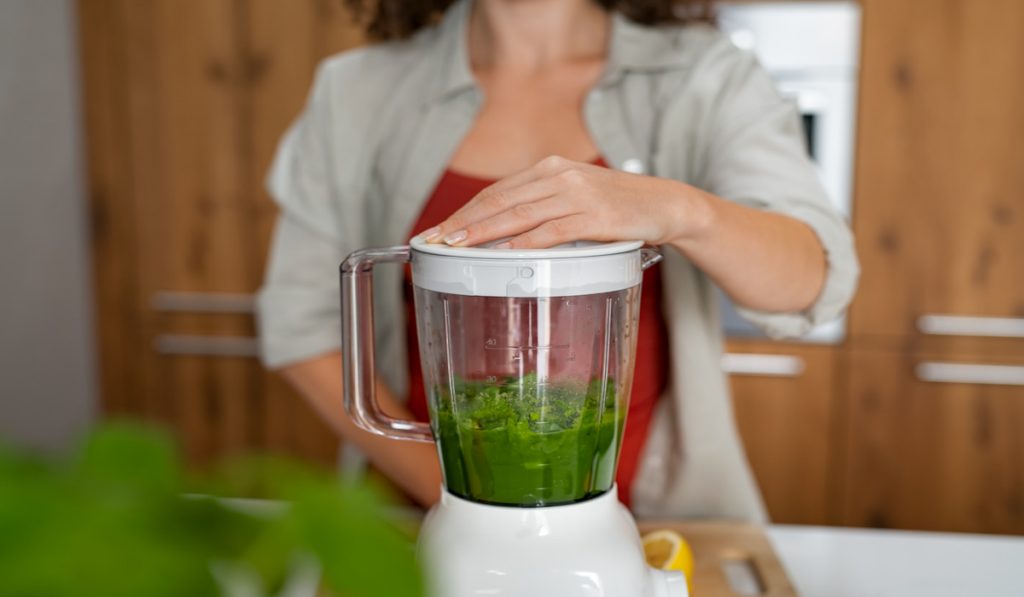
Liquid Should Always Go First
When it comes to how you blend your fruits, vegetables, and liquids, you should make sure you are going from easiest to blend to most difficult.
If you throw in your frozen fruits at the bottom, followed by vegetables, then a banana and milk on top, you are in for a very relatable headache.
The best way to handle a smoothie is to always put your liquid at the bottom, followed by your most malleable, non-frozen fruits and vegetables. Then place your more difficult items at the top or even after blending the other bits for a few seconds.
Consistency is king in the court of blended fruit. You want to make sure your smoothie comes out thick without being icy and easily drinkable without being fruit-flavored water.
Subtract Sugar With Sweet Fruits
What can often happen when we first decide to start blending smoothies at home is that we have this idea of what the smoothie will come out tasting like, and when we sip on it, we get a sour surprise.
The common response to this is throwing in a bit of sugar or honey, but you can actually get that sweet flavor without compromising the nutritional integrity of your morning fruit boost.
Pineapple chunks or juice work great to add in a sweet flavor that is very similar to that of sugar. Kiwis or even a bit of orange juice also work incredibly well for adding sweetness to your smoothie.
You may also want to lessen the number of certain berries that can give off a bitter or sour taste and replace them with something a bit more pleasant to the palette.
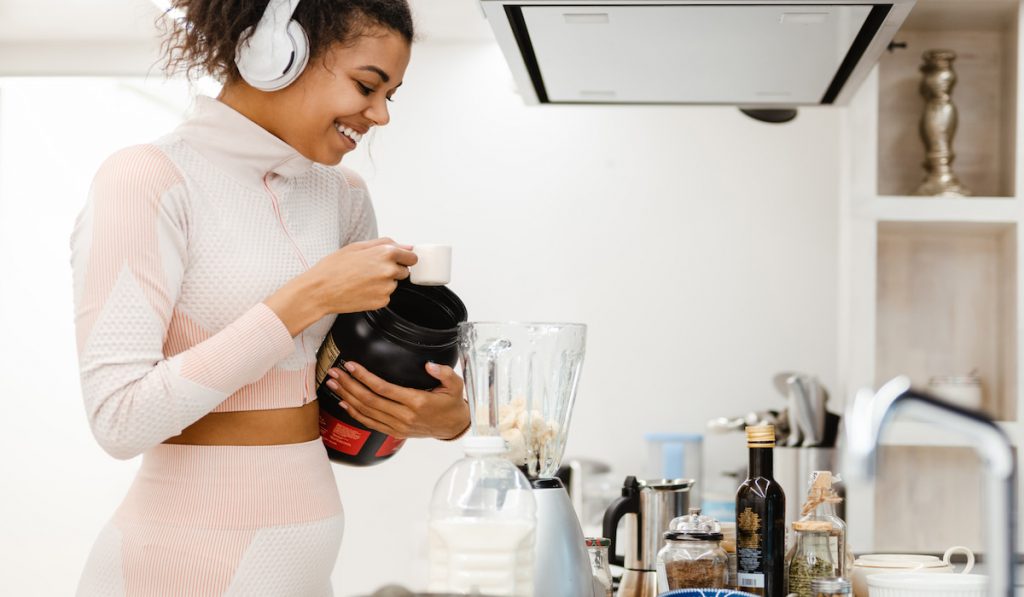
Go Easy on the Protein Powder
With the whey craze that seems to be sweeping the nation as of late, it can be easy to add a scoop or two into your smoothie, and by all means, go for it.
The addition of protein powder can add a breathy fluffiness to your smoothie that is similar to the froth of a cappuccino while also giving you a healthy boost of protein for your early morning commute.
The problem comes when you add so much it detracts from the flavor and can potentially ruin the taste of your smoothie.
Typically speaking, if you are making a larger smoothie and adding one or two scoops of protein, you will likely not notice this issue too much.
But if you get a bit adventurous with your protein and add more, the taste of your smoothie will begin to take on a very chalky, almost chemical flavor throughout.
This can not only affect the smoothie, but an overabundance of protein is actually very harmful to the body in the long term, along with the fact that excess protein promotes bad breath, which may be detrimental to you socially in the immediate future.
Conclusion
Smoothies are a great way to get your daily dose of vitamins and a helpful boost of calories in the morning without wasting an hour preparing breakfast.
They are also considerably more healthy than the processed foods in most breakfast drive-thrus.
So the next time you are in a hurry in the morning, make life a little easier by leaving a mason jar full of frozen goodness in your fridge the night before!
